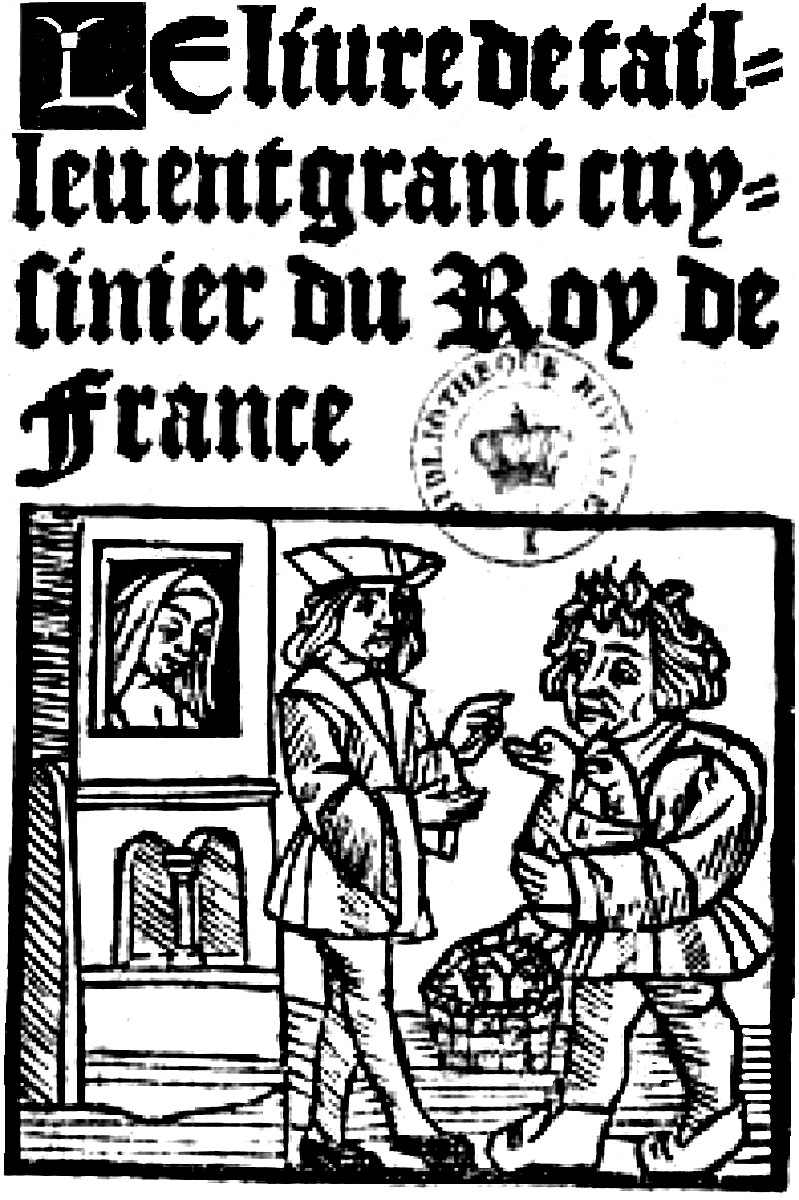Le Viandier: The First French Cookbook and the Origins of Haute Cuisine
How a Medieval Recipe Collection, and a Bit of Fraud, Shaped French Gastronomy and Influenced Modern Cooking
Le Viandier, one of the earliest medieval cookbooks, is often attributed to Guillaume Tirel, known as Taillevent. Dating back to around 1300, this text helped shape French culinary traditions, offering one of the first structured approaches to haute cuisine. Although likely plagiarized or adapted from earlier works (the first version was published 10 years before Tirel’s birth), Le Viandier remains a cornerstone of French gastronomy. From its renowned recipe for Blanc Manger—a luxurious chicken and almond dish—to its detailed instructions on elaborate presentations, the book exemplifies the sophistication and refinement of medieval aristocratic cuisine.
Le Viandier means "The Provisioner" or "The Food Provider." Guillaume Tirel rose to prominence in the kitchens of King Philip VI and King Charles V, eventually becoming head chef to the French royal court, where his techniques helped shape the future of French cuisine. Whether or not all the creations attributed to him are truly his, Tirel is credited with a significant number of early French culinary innovations. French culinary history, in many ways, is closely tied to France’s mastery of self-promotion.
White Food
One of the most renowned recipes from Le Viandier is Blanc Manger (Blancmange, meaning "white food"), a dish made with shredded chicken, ground almonds, rice, almond milk, sugar, and cinnamon. Its pale appearance, crafted from light-colored ingredients, gave it its name and marked it as a symbol of culinary sophistication in medieval Europe, showcasing Taillevent's mastery of complex, luxurious meals. Designed to appear refined, it was a way for hosts to display their power, influence, or connections.
While Blanc Manger can be made today for under $20, in its time, every ingredient—chicken, almonds, rice, sugar, and cinnamon—was a luxury reserved for the wealthy. Poultry was valued more for its eggs than its meat, and the kitchen space required to prepare such a dish would have been a rarity in itself.
The dish could easily cost $500 or more in today’s terms—while it's difficult to make direct comparisons between the economics of that era and now, it would have represented at least a month or two's wages for the average person at the time. Likely more.

Blanc Manger (Medieval French Chicken and Almond Pudding)
This simplified version greatly reduces the complexity of the original, which was labor-intensive in medieval kitchens. Almonds were ground by hand, almond milk prepared days ahead, and spices like cinnamon and sugar were imported from distant regions. This modern version can be made in 30 minutes.
Though roasting the chicken would add flavor, the goal was to keep everything white and colorless—just mix it together and mound it on a plate: "white food."
Ingredients:
- 1 lb chicken breast
- 1 cup white rice
- 2 cups almond milk (unsweetened)
- 1/2 cup ground almonds (or almond flour)
- 2 tbsp sugar
- 1 tsp cinnamon
- Salt to taste
Instructions:
1. Bring a pot of salted water to a boil, then add the chicken breast and simmer 15-20 minutes until fully cooked. Shred into fine pieces and set aside.
2. In a separate pot, cook the rice according to package instructions.
3. In a large saucepan, combine the almond milk, ground almonds, and the cooked rice. Stir over medium-low heat for about 10-15 minutes until the mixture thickens and the rice absorbs the almond milk.
4. Combine the chicken and the rice-almond mixture. Stir in sugar, cinnamon, and salt. Adjust seasoning to taste.
5. Simmer and Serve: Let the dish simmer for a few more minutes until all the flavors meld together. Mound attractively on a plate and serve warm.
Here’s an example of an English blanc manger recipe from around 1430, in case you want to go to the original. Serve warm or cold:
For to make blomanger. Nym rys & lese hem & washe hem clene, & do þereto god almande mylke & seþ hem tyl þey al tobrest; & þan lat hem kele. & nym þe lyre of þe hennyn or of capouns & grynd hem small; kest þereto wite grese & boyle it. Nym blanchyd almandys & safroun & set hem aboue in þe dysche & serue yt forþe.




